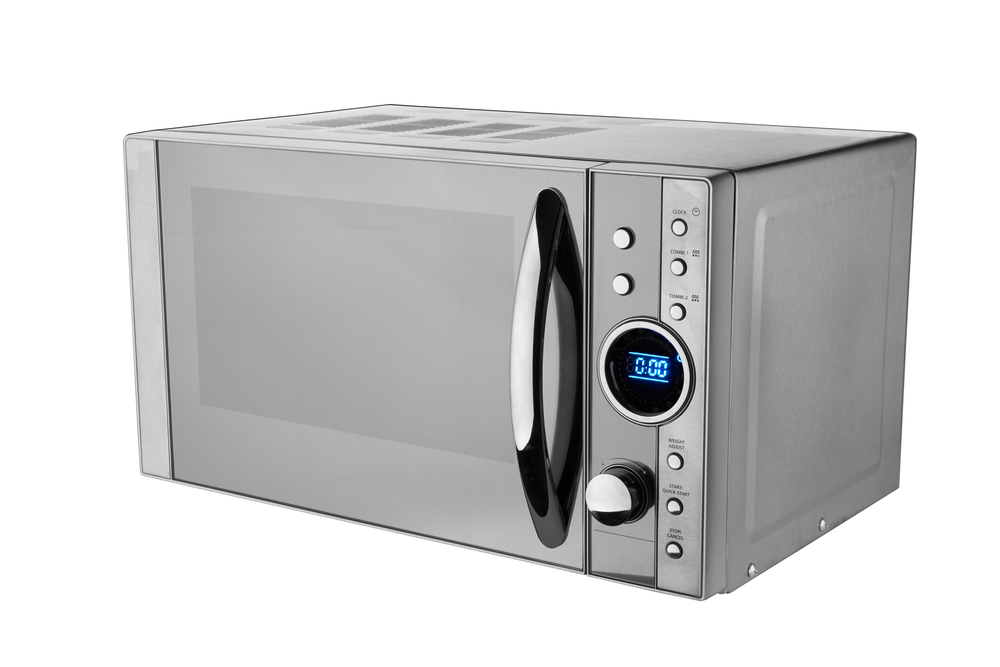
A microwave can get as hot as the boiling point of water, which is 212°F (100°C). However, this depends on the type, amount, and moisture content of the food or liquid being microwaved. Microwaves heat up food by making water molecules vibrate, creating friction and heat.
A microwave is a type of electromagnetic radiation that has a wavelength between 1 millimeter and 1 meter. Microwaves are used for various purposes, such as communication, radar, and heating. A microwave oven uses microwaves to heat up food by generating an electric field that changes direction rapidly. This causes the water molecules in the food to align themselves with the field and rotate back and forth. As they do so, they rub against each other and create heat through friction.
Microwaves can penetrate food up to a depth of about 1 inch (2.5 cm). Beyond that, the heat is transferred by conduction from the outer layers to the inner layers. This is why microwaved food can have cold spots or uneven heating. To avoid this, it is recommended to stir or rotate the food halfway through the cooking time.

The maximum temperature that microwaved food can reach is limited by the boiling point of water, which is 212°F (100°C) at sea level. This is because water vaporizes at this temperature and escapes as steam, reducing the amount of water available for heating. However, this does not mean that all microwaved food will reach this temperature. The actual temperature depends on several factors, such as:

Microwaved liquids can also reach temperatures up to 212°F (100°C), but they can also get hotter than that under certain conditions. This phenomenon is called superheating, which occurs when a liquid is heated above its boiling point without forming bubbles. This can happen when a liquid is very pure, has no impurities or air bubbles, or has a smooth surface that prevents bubble formation.
Superheated liquids are very unstable and dangerous, as they can erupt violently when disturbed by a spoon, a tea bag, or even a slight movement. This can cause severe burns or scalding injuries. To avoid superheating liquids in the microwave, follow these tips:
Q: How hot does the interior of a microwave get?
A: The interior of a microwave does not get hot by itself, as microwaves only heat up the food or liquid in the container and not the oven itself. However, some heat may be transferred from the food or liquid to the interior walls or the turntable by conduction or radiation. This heat is usually not enough to cause any damage or harm, but it may make the interior feel warm to the touch. To prevent overheating, it is advisable to keep the interior clean and free of grease or food residues that may absorb microwaves and cause sparks or fires.
Q: How hot does a 1000-watt microwave get?
A: A 1000-watt microwave does not have a specific temperature, as it depends on the type, amount, and moisture content of the food or liquid being microwaved. However, a 1000-watt microwave has more power than a lower-wattage microwave and can heat up food or liquid faster and higher. For example, a cup of water can be heated to boiling point in about 2 minutes in a 1000-watt microwave, compared to about 3 minutes in a 700-watt microwave.
Q: How long does it take a microwave to cool down?
A: A microwave does not need to cool down after use, as it does not generate any heat by itself. However, some heat may be transferred from the food or liquid to the interior walls or the turntable by conduction or radiation. This heat will dissipate quickly once the microwave is turned off and the door is opened. To speed up the cooling process, you can wipe down the interior with a damp cloth or leave the door slightly open to allow air circulation.
Microwaves are a convenient and efficient way to heat up food and liquids in minutes. However, they also have some limitations and risks that you should be aware of. The maximum temperature that microwaved items can reach is 212°F (100°C), which is the boiling point of water. However, this depends on several factors, such as the type, amount, and moisture content of the food or liquid, as well as the wattage level of the microwave. Microwaved liquids can also get superheated above their boiling point, which can cause violent eruptions and scalding injuries. To prevent this, you should use microwave-safe containers, add some solutes, avoid overheating, and stir or shake liquids before removing them from the microwave.
